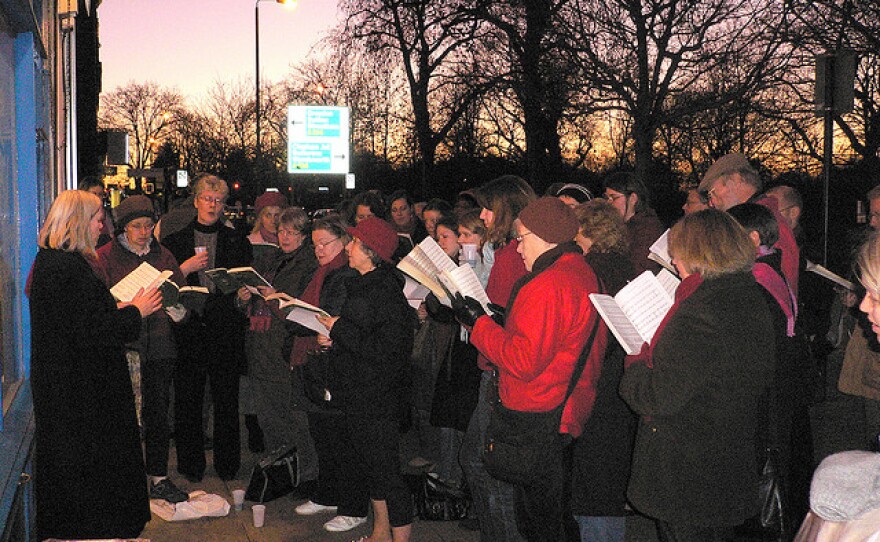We take for granted that Santa Claus and Christmas trees are symbols of the Christmas season, but there are other traditions with lesser known origins.
What exactly is a sugar plum? How, in fact, do you go "a-wassailing?"
If you've always wondered if people centuries ago celebrated Christmas the way we do now, Old World Wisconsin's curator of interpretation Jennifer Van Haaften says the living history museum is the perfect place to explore holiday history. The museum focuses on the immigrant experience of the 19th century, which is when many of our modern Christmas traditions came into their own.
“I think that the most interesting is the fact that we always complain about how heavy commercialism is, and that was still a big complaint even back in the 1870s,” says Van Haaften.
America being “a nation of immigrants,” Van Haaften says we have integrated Christmas traditions from many nations and have made them into our own. For example:
- Christmas Trees: German immigrants brought them to America in the 1600s and 1700s, but they didn't catch on until the 19th century, when Queen Victoria put up a Christmas tree for her German husband, Prince Albert. Since celebrities were just as influential then as now, average Americans decided they had to have them in their homes. Trees were originally for table tops, though today they usually stand full-grown. If you couldn't afford one of your own, there were always "community trees," which neighbors would decorate with presents to hand out to their families after church services.
- Santa Claus: St. Nicholas, Father Christmas, Joulupukki. Santa went by a lot of different names, before the character got the Clement Moore treatment. In his famous poem, “The Night Before Christmas,” Moore gave the man his trademark jolly, happy disposition. But even before that, political cartoonist Thomas Nast was commissioned to draw Santa, eschewing traditional depictions of a thin, somewhat mean-looking figure for the now familiar round, short, stout man donning a burgundy-red suit lined with white fur. Ultimately, it was Coca-Cola that gave him his current image and his bright red clothes.
- Stockings: English and Welsh immigrants brought the stockings tradition to Vermont and upper New York when they arrived. If families did not have a fireplace mantle, then the stockings were hung at the end of the bed. As immigrants moved across the country, so did this formerly New England tradition spread westward. Typically, the stockings would be filled with small gifts, such as oranges, little candies, or a pair of mittens.
- A-wassailing: Back in the 16th and 17th century, the English had a tradition in which they would go to their neighbors' homes and sing carols. When they finished singing, they were to be invited in for a beverage, otherwise known as wassail. This was a spiced, hard (alcoholic) apple cider or a beer.
- Sugar Plums: Dating back to Elizabethan times, sugar plums were either nuts or herb seeds (like fennel) that would be given a hard candy shell, similar to a Jordan almond.








